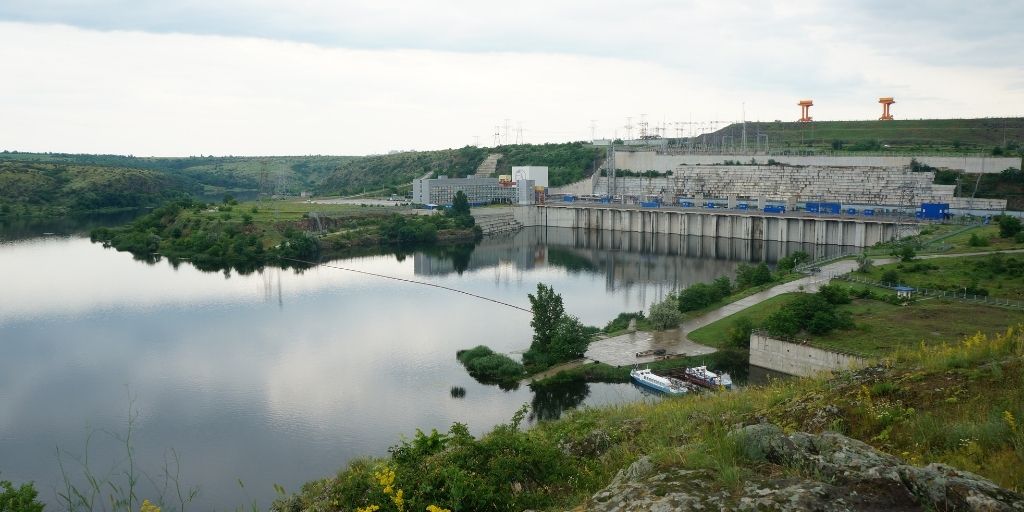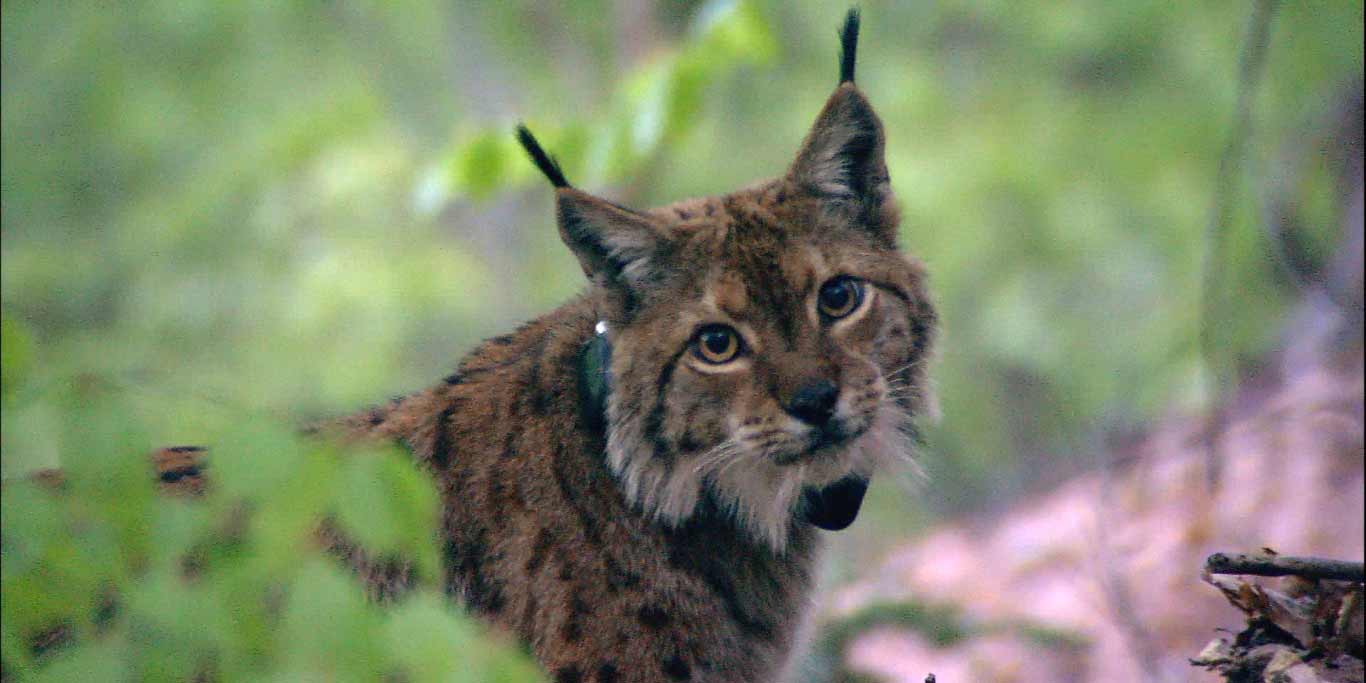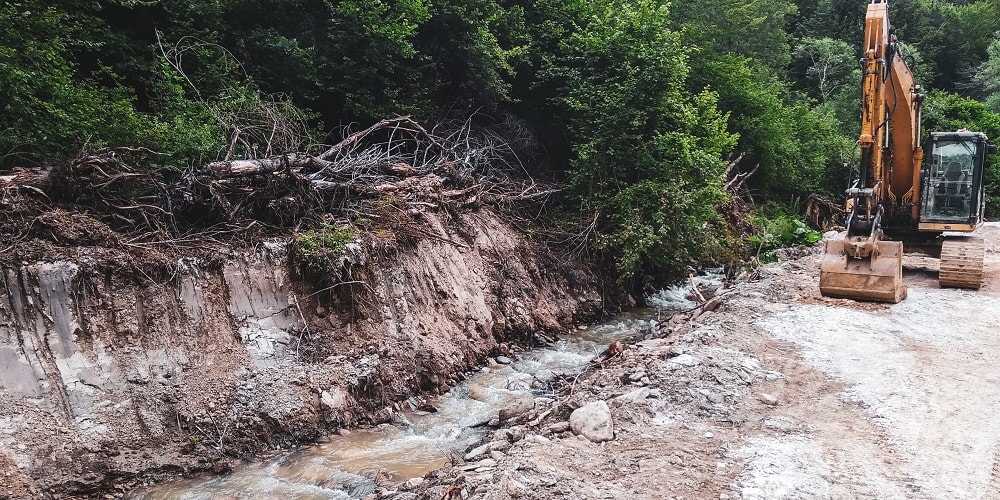A clash is raging between nature and finance. On the one hand, the EU is striving to improve the deteriorating state of nature across Europe, with initiatives like the Biodiversity Strategy 2030 and the European Green Deal. On the other, massive amounts of public money continue to flow to infrastructure projects with devastating impacts on the natural world. Our work where finance meets the natural world advocates for adequate protection and restoration projects to ensure a green future for all.
IN FOCUS
Rivers and communities
The countries of the Energy Community Treaty have diverse energy mixes, but hydropower has traditionally played a strong role in many of them. Albania is almost completely reliant on dams for its domestic electricity generation, followed by Georgia with an average of 80 per cent of electricity generated by hydropower and Montenegro with an average of 55 per cent.
EU funds and biodiversity
In May 2020, EU leaders committed to an ambitious Biodiversity Strategy for 2030, outlining the clear need to act on biodiversity loss and address the failing health of nature.
The historic amount of EU funds now available represents a golden opportunity to increase biodiversity spending and fully realise the objectives of the biodiversity strategy.
As well as addressing the biodiversity crisis, strategically supporting nature through EU funds is also one of the most effective ways to tackle climate change, while providing jobs and improved health at the same time.
Yet, with many of the previous strategy’s objectives left unachieved, the pressure now mounts for this decade. Never before has there been so much potential – and urgency – to use EU funds and investments to address the biodiversity crisis.
Related projects
Tashlyk pumped storage plant, Ukraine
The Tashlyk pumped storage plant is a massive hydropower project. Its operation extends to protected areas with peculiar microclimate features that are rich in biodiversity and endemic flora. These unique landscapes create a spectacular tourist attraction. The territory is also of great historical and archaeological significance. However, all of this would be flooded if the Tashlyk pumped storage plant expansion project is completed.
Boskov most hydropower plant, North Macedonia
Boskov Most was one of 18 hydropower greenfield projects planned by the North Macedonian government in the Mavrovo National Park. After five years of campaigning, we convinced the European Bank for Reconstruction and Development about the folly of this project and to cancel its EUR 65 million loan. Without its major source of funding, the project lost steam and was discontinued.
Krapska Reka small hydropower plant, Macedonia
Loopholes in the EBRD’s due diligence, together with a lack of assessment and monitoring by Macedonia’s local and central government, has proven to be a lethal combination for the country’s rivers. A prime example is the Krapska Reka small hydropower project. The authorities’ failure to recognise the location as part of the proposed Jakupica National Park, Emerald area and a future Natura 2000 site, on top of poor mitigation measures and construction practices, have caused irreversible damage to this small river valley.
Latest news
Environmental groups slate EU plans to weaken nature safeguards in the Western Balkans, Ukraine, Moldova and Georgia
Press release | 25 June, 2024The European Commission must revise ill-advised plans to undermine nature protection rules for renewable energy projects – including hydropower and biomass – under the Energy Community Treaty (1), 40 civil society organisations today underlined in a joint letter.
Read morePoor planning by the European Investment Bank puts at risk one of the largest wind energy projects in the Western Balkans
Blog entry | 19 June, 2024Following concerns from local people, the Aarhus Centre in Sarajevo and CEE Bankwatch Network have started legal actions on the lack of environmental impact assessment and appropriate assessment for the 132 MW Poklečani wind project in Bosnia and Herzegovina (BiH). Hasty decisions by the Federation of BiH authorities and European Investment Bank might end up delaying the project for years.
Read moreDestroying while rebuilding: Flawed hydro project set for Polish just transition region needs a rethink
Blog entry | 7 May, 2024Eastern Wielkopolska, one of Poland’s just transition regions, urgently needs to repair the damage caused by decades of lignite mining. One controversial hydrological project slated for the region aims to flood open pits and stabilise water levels. But while these measures appear to be positive steps towards making amends, the environmental impacts of the project have not been assessed, which is likely to result in a number of unintended and damaging consequences.
Read moreRelated publications
From theory to practice: A case-based analysis of the EU’s ‘do no significant harm’ principle
Report | 18 July, 2024 | Download PDFThis report, through a series of case studies, analyses how the ‘do no significant harm’ principle has been applied in various EU Member States.
Unlocking funds for nature: How the next EU budget must deliver for biodiversity
Joint statement | 9 July, 2024 | Download PDFThis joint statement offers three policy proposals to improve EU biodiversity financing.
Joint civil society letter to the European Commission on the RED Recommendation
Letter | 25 June, 2024 | Download PDFIn this letter, 40 civil society organisations urge the European Commission to revise ill-advised plans to undermine nature protection rules for renewable energy projects under the Energy Community Treaty.



